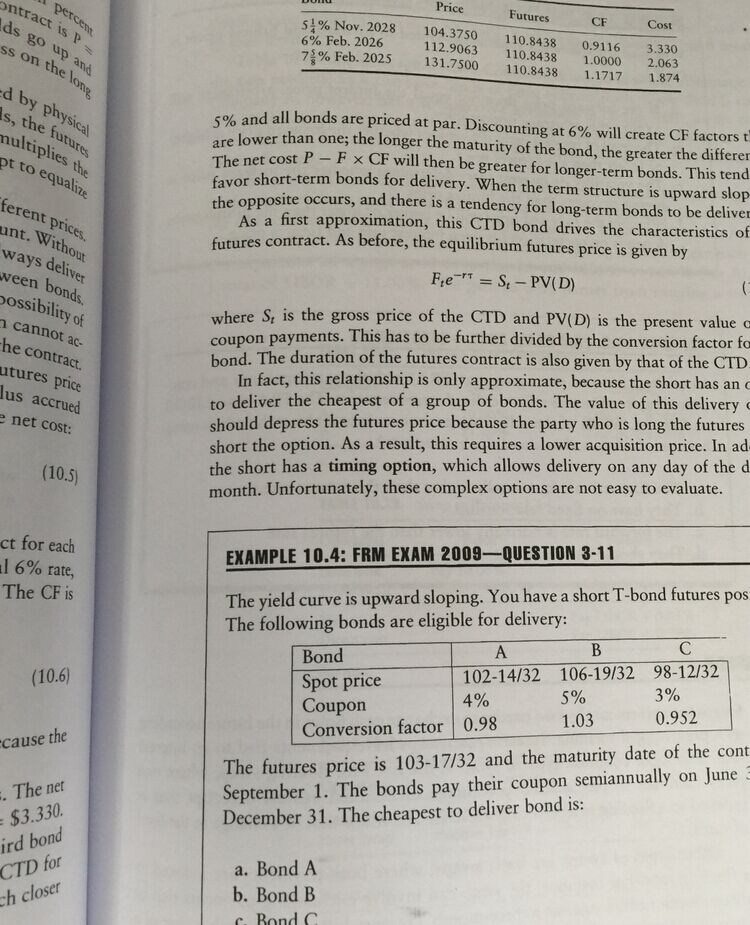Carol Alexander; Elizabeth Sheedy, «The Professional risk Managers' Handbook:A Comprehensive Guide to Current Theory and Best Practices»
Publisher: PRMIA Publications (January 2005) | ISBN-10: 0976609703 | ISBN-13: 978-0976609704 | 1301 Pages | File type: PDF | 13 mb
As its title implies, this book is the Handbook for the Professional Risk Manager. It is for those professionals who seek to demonstrate their skills in the field of financial risk management and for those looking simply for an excellent reference source. With contributions from nearly 40 leading authors, the Handbook is designed to provide you with the materials needed to gain the knowledge and understanding of the building blocks of professional financial risk management. Financial risk management is not about avoiding risk. Rather, it is about understanding and communicating risk, so that risk can be taken more confidently and in a better way. Whether your specialism is in insurance, banking, energy, asset management, weather, or one of myriad other industries, this Handbook is your guide. In Section I, we introduce the foundations of finance theory, the financial instruments that provide tools for the mitigation or transfer of risk, and the financial markets in which instruments are traded and capital is raised. In Section II, we take you through the mathematical foundations of risk assessment. While there are many nuances to the practice of risk management that go beyond the quantitative, it is essential today for every risk manager to be able to assess risks. The chapters in this section are accessible to all, including those without any quantitative skills. The online Excel spreadsheets that accompany the examples are an invaluable aid to understanding the mathematical and statistical concepts that form the basis of risk assessment. In Section III, the current and best practices of Market, Credit and Operational risk management are described. This is where we take the foundations of Sections I and II and apply them to our profession in very specific ways. Here the strategic application of risk management to capital allocation and risk-adjusted performance measurement takes hold. At the end of your progression through these materials, you will find that you have broadened your knowledge and skills in ways that you might not have imagined. You will have challenged yourself as well. And, you will be a better risk manager. It is for this reason that we have created the Professional Risk Managers' Handbook.
From the Publisher
If you're reading this, you are seeking to attain a higher standard. Congratulations!
Those who have been a part of financial risk management for the past twenty years, have seen it change from an on-the-fly profession, with improvisation as a rule, to one with substantially higher standards, many of which are now documented and expected to be followed. It’s no longer enough to say you know. Now, you and your team need to prove it.
As its title implies, this book is the Handbook for the Professional Risk Manager. It is for those professionals who seek to demonstrate their skills through certification as a Professional Risk Manager (PRM) in the field of financial risk management. And it is for those looking simply to develop their skills through an excellent reference source.
With contributions from nearly 40 leading authors, the Handbook is designed to provide you with the materials needed to gain the knowledge and understanding of the building blocks of professional financial risk management. Financial risk management is not about avoiding risk. Rather, it is about understanding and communicating risk, so that risk can be taken more confidently and in a better way. Whether your specialism is in insurance, banking, energy, asset management, weather, or one of myriad other industries, this Handbook is your guide.
We encourage you to work through it sequentially. In Section I, we introduce the foundations of finance theory, the financial instruments that provide tools for the mitigation or transfer of risk, and the financial markets in which instruments are traded and capital is raised.
In Section II, we take you through the mathematical foundations of risk assessment. While there are many nuances to the practice of risk management that go beyond the quantitative, it is essential today for every risk manager to be able to assess risks. The chapters in this section are accessible to all PRM members, including those without any quantitative skills. The online Excel spreadsheets that accompany the examples are an invaluable aid to understanding the mathematical and statistical concepts that form the basis of risk assessment.
In Section III, the current and best practices of Market, Credit and Operational risk management are described. This is where we take the foundations of Sections I and II and apply them to our profession in very specific ways. Here the strategic application of risk management to capital allocation and risk-adjusted performance measurement takes hold.
PRM Handbook Digital Resources. The Professional Risk Manager Handbook Series, 2015 Edition cites supplemental digital resources, which are provided below. Resources are listed based on the handbook volume, book and chapter where the reference is cited. Volume II: Mathematical Foundations of Risk Measurement, 2015 Edition.
- The Professional risk Managers' Handbook:A Comprehensive Guide to Current Theory and Best Practices (3 Volume Set) [Carol Alexander, Elizabeth Sheedy] on Amazon.com. *FREE* shipping on qualifying offers. As its title implies, this book is the Handbook for the Professional Risk Manager.
- As its title implies, this book is the Handbook for the Professional Risk Manager. It is for those professionals who seek to demonstrate their skills in the field of financial risk management and for those looking simply for an excellent reference source. With contributions from nearly 40 leading.

See a Problem?
Preview — The Professional risk Managers' Handbook by Carol Alexander
Be the first to ask a question about The Professional risk Managers' Handbook
Risk Manager Job Description

Risk Management
Sep 23, 2015
Aug 26, 2013
Oct 30, 2013
Nov 12, 2013
Learn more »